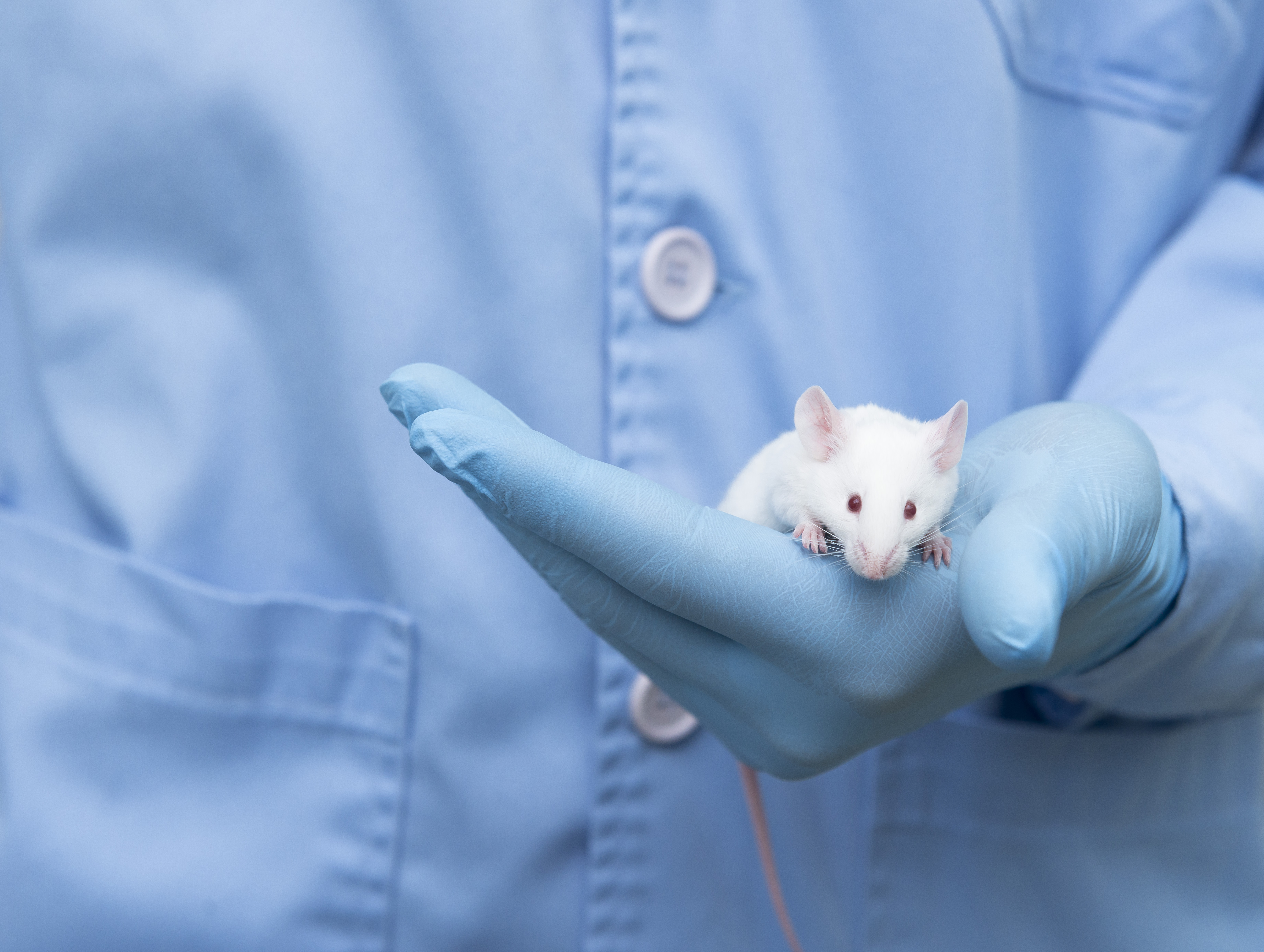

Promoting Animal Welfare with Implanted Telemetry
As part of the advanced surgical services offered by Inotiv, telemetry represents an important part of a thoughtful, experimental design. Learn how telemetered data can promote animal welfare,...

Inbred and outbred rodent strains: What you need to know for your research
The genetic diversity of rodents used in drug development studies plays a role in both replicating research and understanding the differences in a treatment due to heterogeneity of a model. To help...

Advancing cancer immunotherapy research with rodent models
Immunotherapies have offered new hope to patients that haven’t responded to traditional cancer treatments. While many of these breakthroughs have improved survival rates and patient outcomes, ongoing...

Going beyond the guidelines: How Inotiv invests in animal welfare
As research has evolved, so have best practices for promoting animal health and welfare. Inotiv's Director of Veterinary Sciences EMEA (DVS), shares how they've seen animal welfare shift over the...

Enabling toxicology and carcinogenicity testing with the Wistar Han rat
The Wistar Hannover rat, also known as RccHan®:WIST and HsdHan®:WIST, is considered a strain of choice for toxicology and carcinogenicity studies, helping advance research for many multinational...
.jpg)
The Integral Role of Project Management in Contract Breeding Services
The integrity of research relies on high-quality breeding, but many researchers find it impractical to breed and maintain colonies in-house for a variety of reasons, including limited resources for...

Creating a reliable heart failure model is not for the fainthearted
Heart failure is a major and escalating global public health problem with a prevalence of more than 5.8 million cases in the USA alone, and an additional 550,000 new diagnoses are made every year....

